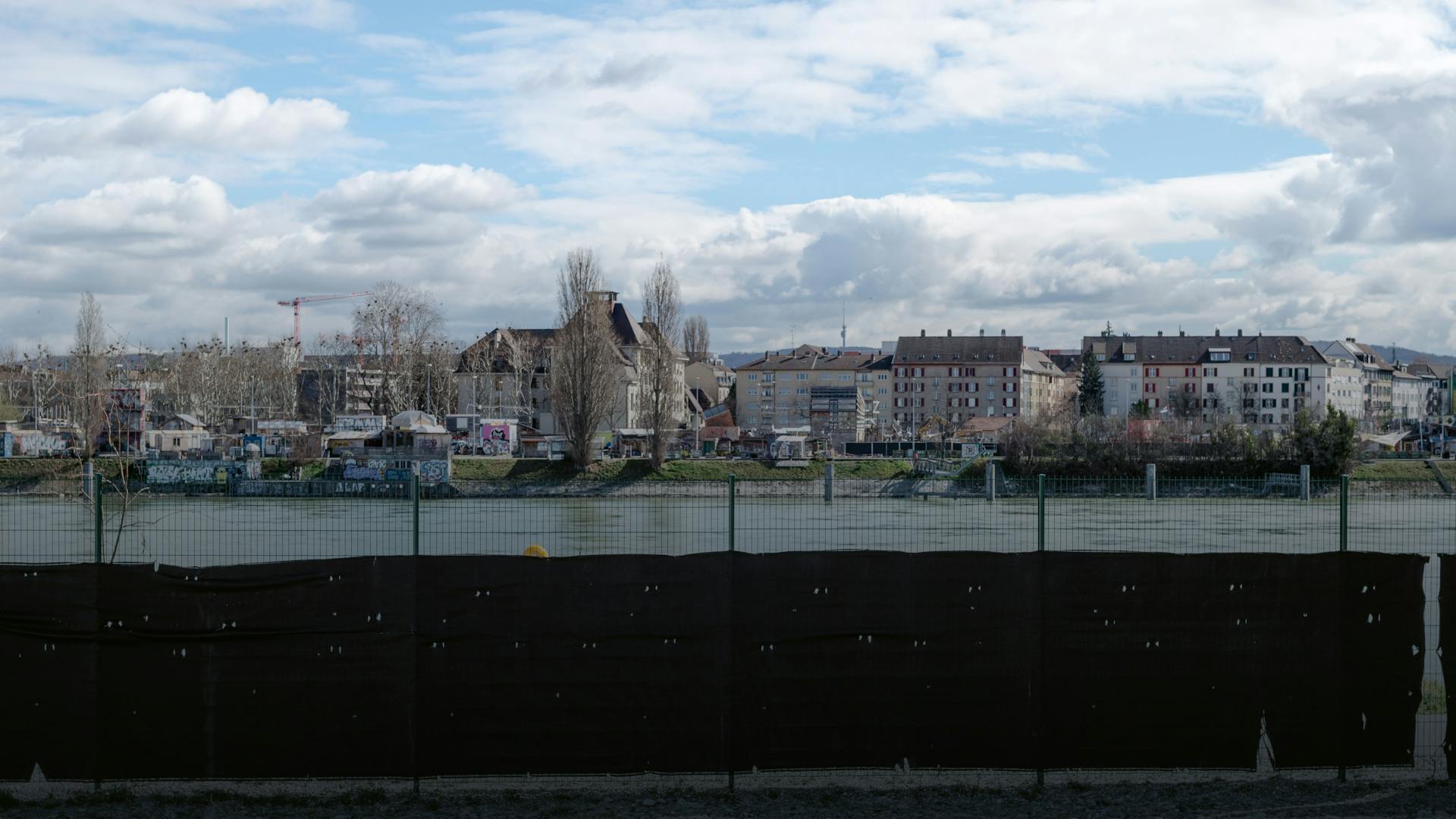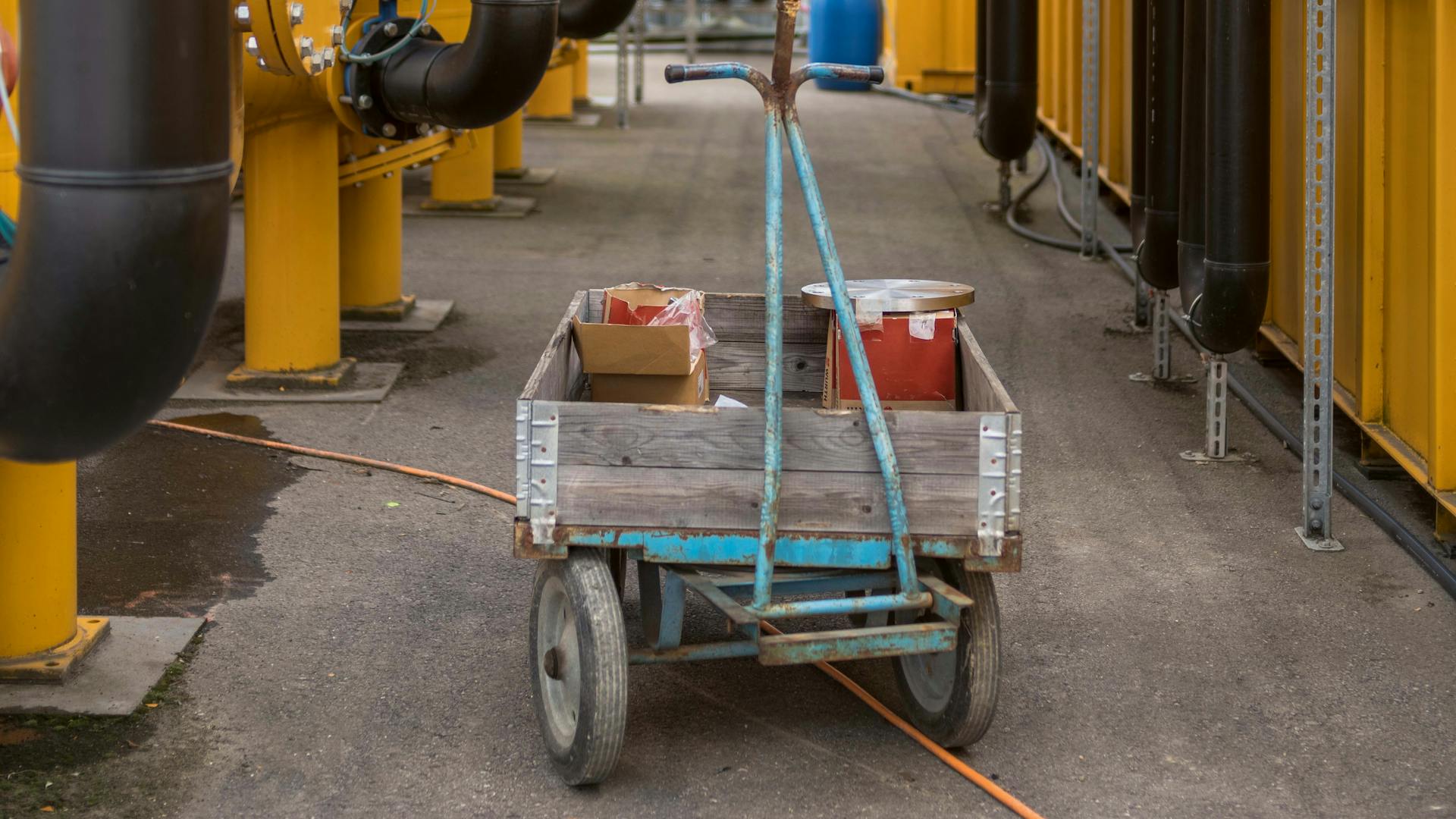
Installation of a second, airtight marquee.
Published on 01/07/2021
Andi Truessel is a no-nonsense type of person. The Novartis engineer and army officer is direct and rarely minces his words. But his straightforward manner as well as his reliance on trust and timing were decisive in bringing the STEIH remediation project to a successful close.
“I’m not a remediation specialist, I’m a trained electrical engineer,” Truessel says. “But being a colonel in the general staff of the Swiss army, I know how to run a project and bring it to a successful conclusion.”
When Truessel was asked to join Novartis on the project team in late 2013, success could not be further away. The STEIH remediation project to clean up the lindane residue next to the Novartis Campus had suffered a major setback and faced public criticism following the unexpected release of waste material from the site a few months earlier.
Truessel was charged to look into how the project could be turned around and whether further collaboration with the existing external remediation partner would make any sense.
Truessel, who is used to a strict and disciplined approach to work and dislikes erratic behavior, quickly concluded that the site remediation needed to be executed by a different team. “There were just too many things that didn’t add up, and eventually in such a mammoth project you reach the stage when the only solution is to make a fresh start.”













